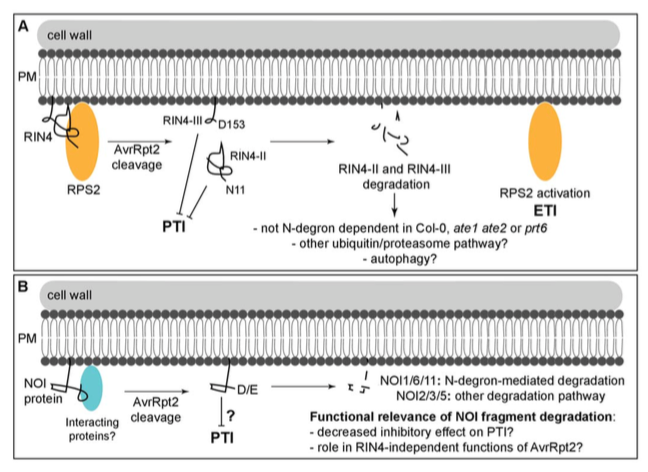
RIN4/NOI fragments utilize different N-end rules of degradation to fight off pathogens (Plant Physiol)
To fight off invading pathogens, plants such as Arabidopsis are intrinsically programmed with a subset of defense responses often known as pattern-triggered immunity (PTI) and effector-triggered immunity (ETI). AvrRpt2, an effector secreted by the pathogen Pseudomonas syringe, is a protease that can…
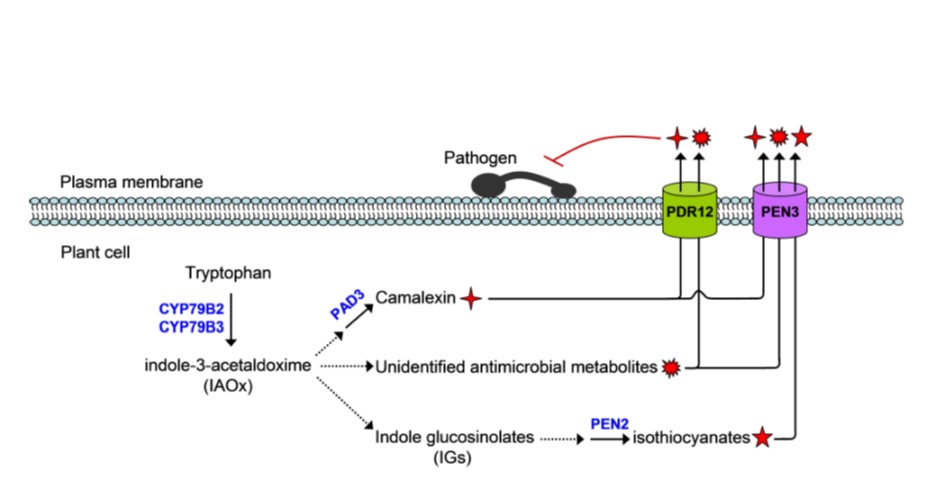
PEN3 and PDR12 secrete camalexin to the apoplast to limit pathogen growth in Arabidopsis (Plant Cell)
Phytoalexins are important antimicrobial compounds that plants synthesize to fend off invading pathogens. In the Brassica family, the tryptophan (trp)-derived phytoalexin ‘camalexin’ provides broad-spectrum resistance against bacterial, fungal, and oomycete pathogens. The regulation of camalexin…

Drought conditions reduce root-feeding nematode predator populations (PNAS)
Climate change is expected to cause numerous negative impacts on plant populations. An under considered area that will be affected are the communities of soil organisms that rely on a delicate balance of environmental conditions, particularly in grasslands that receive moderate precipitation (mesic grasslands).…

Pipecolic contributes to systemic acquired resistance in barley ($) (MPMI)
Systemic acquired resistance (SAR) is a robust long-distance immune response mediated by a diverse contingent of candidate phloem-mobile signals that prime distal uninfected tissues for enhanced resistance to future infections. The lysine-derived catabolite pipecolic acid (Pip) has emerged as a key mediator…
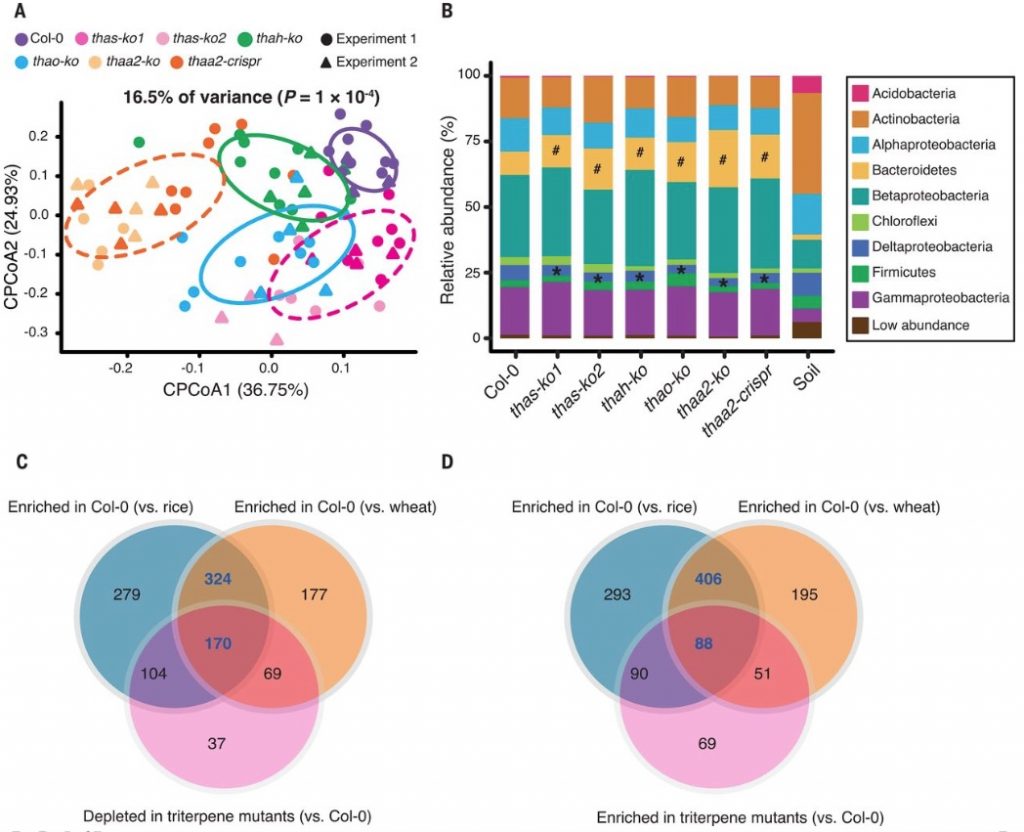
A specialized metabolic network selectively modulates Arabidopsis root microbiota (Science)
Plants have evolved to adapt to varied environmental niches. The ability to produce specialized metabolites is one of the evolved characteristics which help plants to thrive through varied biotic and abiotic conditions. Plant-associated microbes are always known to have a drastic impact on plant growth…
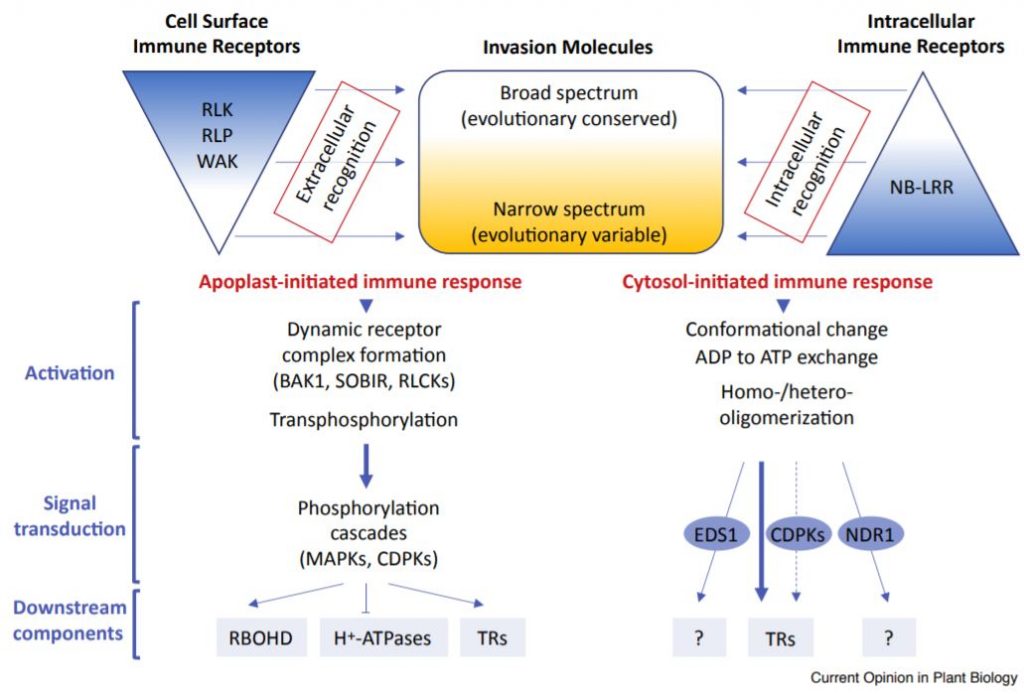
Review: Plant immunity, refining the model (Trends in Plant Sci and Curr Opin Plant Biol)
Interactions between plants and microorganisms occur in many different ways and on many different levels. Scientists have been attracted to this field of research because of the need to identify the agents causing infectious diseases in economically important crops. Models have been developed to describe…

A bifunctional dipeptide functionalizes crop surfaces for sustainable pest management (Green Chemistry)
Most synthetic pesticides do not stick well on plants especially during raining season and can be washed off during irrigation shorty after application. Therefore, the farmer may need to apply several times or hope for dry days to spray. Swinges et al. developed a synthetic peptide with two separate…
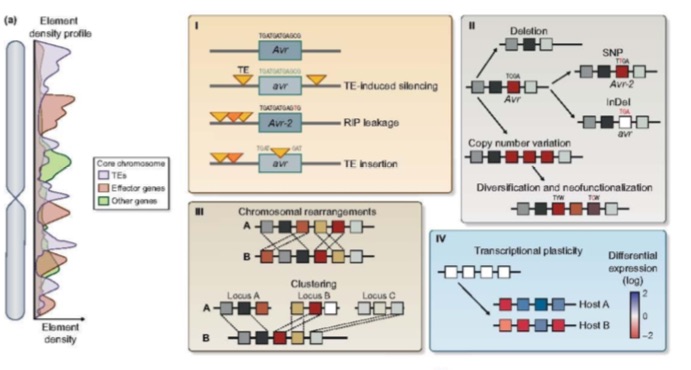
Insight: Rapid evolution in plant – microbe interactions (New Phytol)
Plants and associated microbes co-exist and co-evolve over time. The rate of evolution is higher in pathogens as compared to plants. Although the phenotypic consequences of rapid evolution in pathogens are well studied, changes at genomic level are not as well known, and are the subject of a recent review…
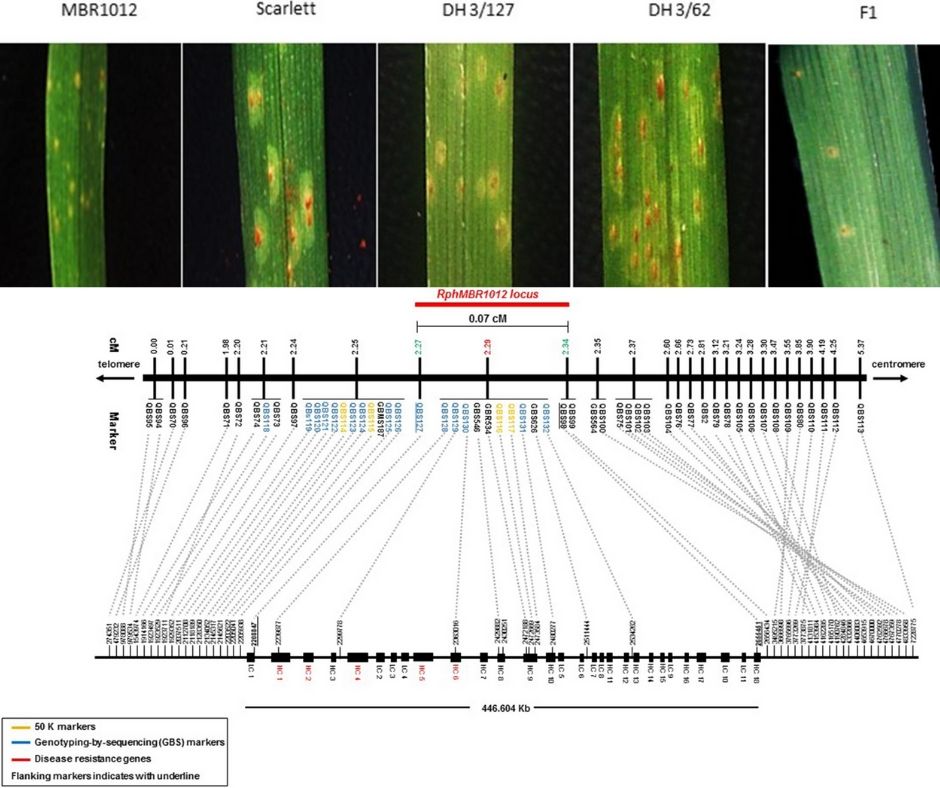
High resolution mapping of RphMBR1012 conferring resistance to Puccinia hordei in barley (Front Plant Sci)
Barley leaf rust (Puccinia hordei) is a biotrophic fungus, in which mutations cause newly virulent races (pathothypes) with severe effects on cultivars. Marker-assisted Selection for Rph (Resistance to P. hordei) genes has been studied to provide sustainable control of this disease. Fazlikhani et al.…

